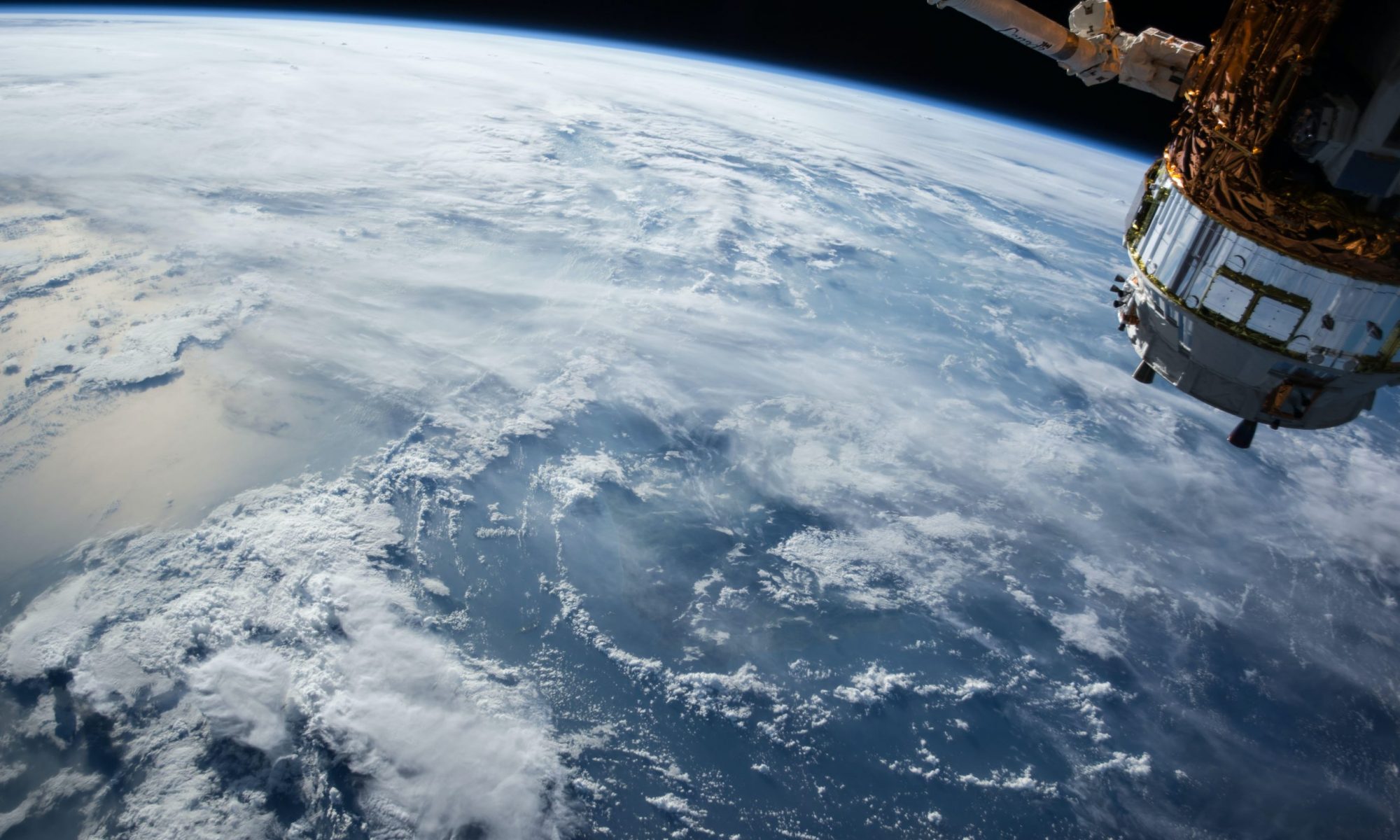Specifically, the project is structured around five large objectives:
- O1. Turbulence and anomalous transport. The ultimate goal is to reduce the plasma losses due to turbulent transport in both FNCM and PEE devices, which is responsible for the significant degradation of confinement in both types of plasmas. Turbulence control would be a huge advance in PEEs. The advances in FNCM turbulence can be applied to understand and control the turbulence in PEEs. In particular, we seek to identify theoretically and experimentally the main instabilities responsible for turbulence.
- O2. Plasma-wall interaction, materials, propellants. A fraction of the plasma, both in PEE and FNCM, eventually escapes magnetic confinement and reaches the walls, generating sputtering and releasing impurities and cold particles, which again significantly reduces the efficiencies of the PEE and FNCM devices. Combining theory and experiment, we search for magnetic topologies, materials, and propellant mixtures that minimize wall effects. Given the low density of the plasma and the secondary electron emission at the walls, a kinetic analysis becomes necessary to assess the electron distribution function and the fluxes to the walls correctly.
- O3. Deposition of energy by wave-plasma interaction. Plasma heating by electromagnetic radiation in PEE is a disruptive solution due to its potential interest and the elimination of naked electrodes in contact with the plasma. It is essential to achieve a good absorption of the power by the propellant plasma and to control the transport phenomena induced by the waves. The latter are not well known in FNCM either, so a combined effort is necessary to improve performance for both types of plasmas.
- O4. Multi-thruster simulation platform. The solution of the above problems will enable the inclusion of those phenomena in an integral plasma thruster simulator capable of dealing with different thruster types. This is a key milestone, firstly, to understand the combined effects of those phenomena, and secondly, for technology transfer in PEE.
- O5. Design, development and testing of a PEMSEECR. The thruster will rely on ECR plasma heating. The knowledge acquired in O1 to O3 and the simulation platform will be essential in the design of the prototype, whose testing will reciprocally allow validating the developed models.
The natural continuation of this project will focus on the design of thrusters based on fusion plasmas, much hotter than the PEE and with more impulsive capacity, but with a much larger scientific and technological complexity.
